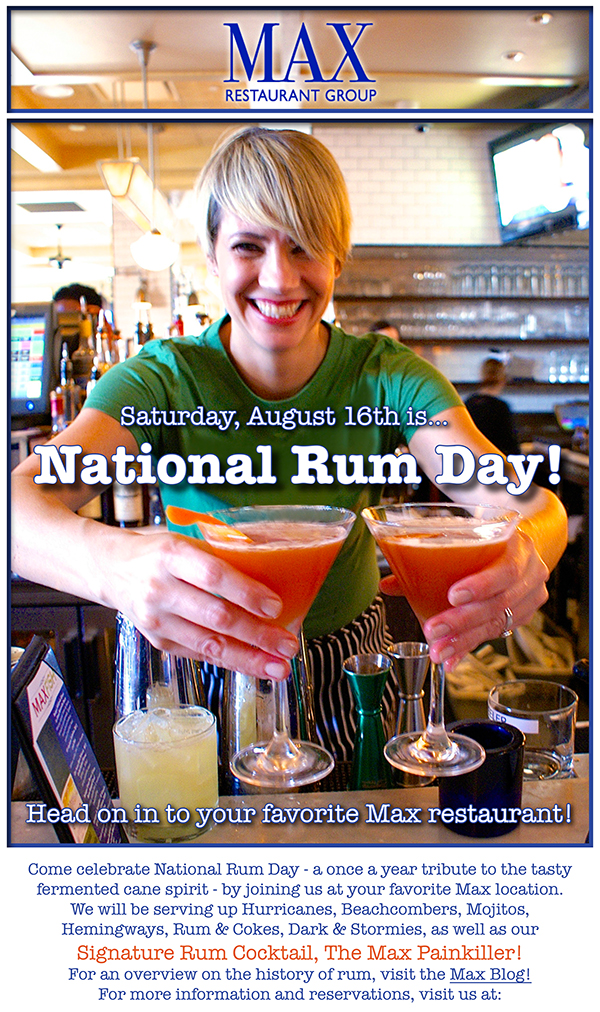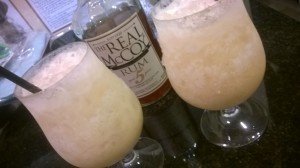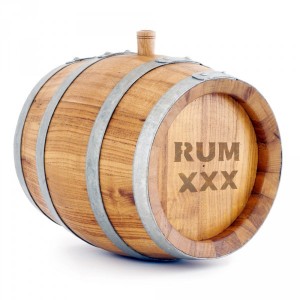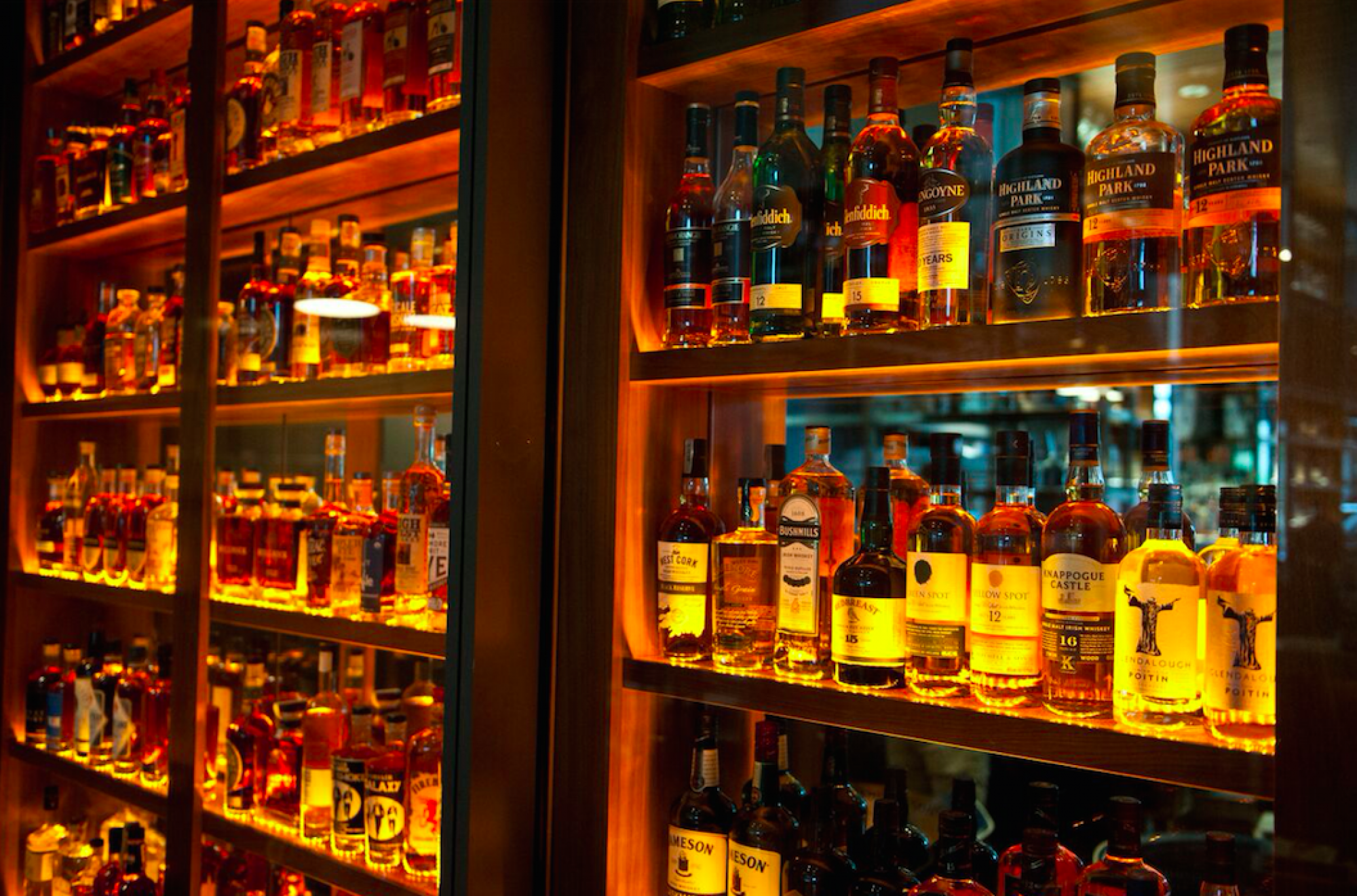 by Brian Mitchell, Corporate Beverage Director, Max Restaurant Group
by Brian Mitchell, Corporate Beverage Director, Max Restaurant Group
Saturday August 16th, is National Rum Day!
Normally we do not get too caught up in all the National (fill in the blank) Days, but this one is right up our ally. Rum is one of the top selling spirits in the world, and at the Max Restaurants we sell a lot of rum and rum-based drinks – point of fact, our #1 selling mixed cocktail across the company is the Max Painkiller – a delicious rum-based, tropical TiKi styled drink.

So come celebrate a day dedicated to the tasty fermented cane spirit by joining us at any of our locations. We will be serving up the Max Painkiller, as wella as Hurricanes, Beachcombers, Mojitos, traditional Daiquiri, Hemingways, Rum & Cokes, Dark & Stormies, or any of the vast number of rum drinks our bartenders can concoct for you. (Nothing frozen, though – sorry.)
A Little Rummy History
Fermented cane juice has been made in many areas of Asia and Africa going back probably millennia, but modern distilled rum production really dates to the 17th Century in the Caribbean. Sugar became a valued commodity in Europe around this time as it had been fairly scarce, but the opening of the New World allowed for a continuous source of sugar.
A by-product of sugar production is molasses, which was not thought to have much use at first, but it was quickly discovered to be fermentable and then distillable.
Rum became a popular drink in both the old and new world regions, and especially in Colonial America (primarily New England and New York), where the technology for making and maintaining stills and ample supply of wood for barrels meant a refined product could be produced (and consumed). Molasses were shipped in and refined into rum, before being shipped back out and used for trade, often for slaves, which were needed to work the sugar plantations to make more rum. The Rum-Slave Triangle was formed by traders moving from West Africa to the Caribbean to population centers of New England and New York, moving “goods” back and forth.
 As rum was traded and shipped on the high seas it became a custom aboard naval ships, and eventually pirate ships. Traditions among the Naval powers of Great Britain and others lasted well into the 20th century with daily rations, and even continue to this day with special occasion rations being given out to service persons.
As rum was traded and shipped on the high seas it became a custom aboard naval ships, and eventually pirate ships. Traditions among the Naval powers of Great Britain and others lasted well into the 20th century with daily rations, and even continue to this day with special occasion rations being given out to service persons.
Styles and Production of Rum
Rum is produced in many regions, but essentially there are three groups of styles, with variations or ageing categories within each group. These main groups are often categorized by the language or tradition of the colonial power that was in control of the original production areas. These colonial powers had favorite styles and from these grew both production and taste styles that more or less remain today.
- English-speaking islands and countries are known for darker rums with a fuller taste that retains a greater amount of the underlying molasses flavor. Rums from Trinidad and Tobago, Grenada, Barbados, St.Lucia, Belize, Bermuda, Saint Kitts, the Demerara region of Guyana, and Jamaica are typical of this style.
- French-speaking islands are best known for their agricultural rums (rhum agricole). These rums, being produced exclusively from sugar cane juice, retain a greater amount of the original flavor of the sugar cane and are generally more expensive than molasses-based rums. Rums from Haiti, Guadeloupe and Martinique are typical of this style.
- Spanish-speaking islands and countries traditionally produce añejo rums with a fairly smooth taste. Rums from Cuba, Guatemala, Panama, the Dominican Republic, Nicaragua, Puerto Rico, Colombia and Venezuela are typical of this style. Rum from the U.S. Virgin Islands is also of this style. The Canary Islands produces honey rum known as ron miel de Canarias and carries a geographical designation.
This week’s top deals and sales : calgary co-op flyer, costco flyer, longos flyer, rexall flyer, shoppers drug mart flyer

